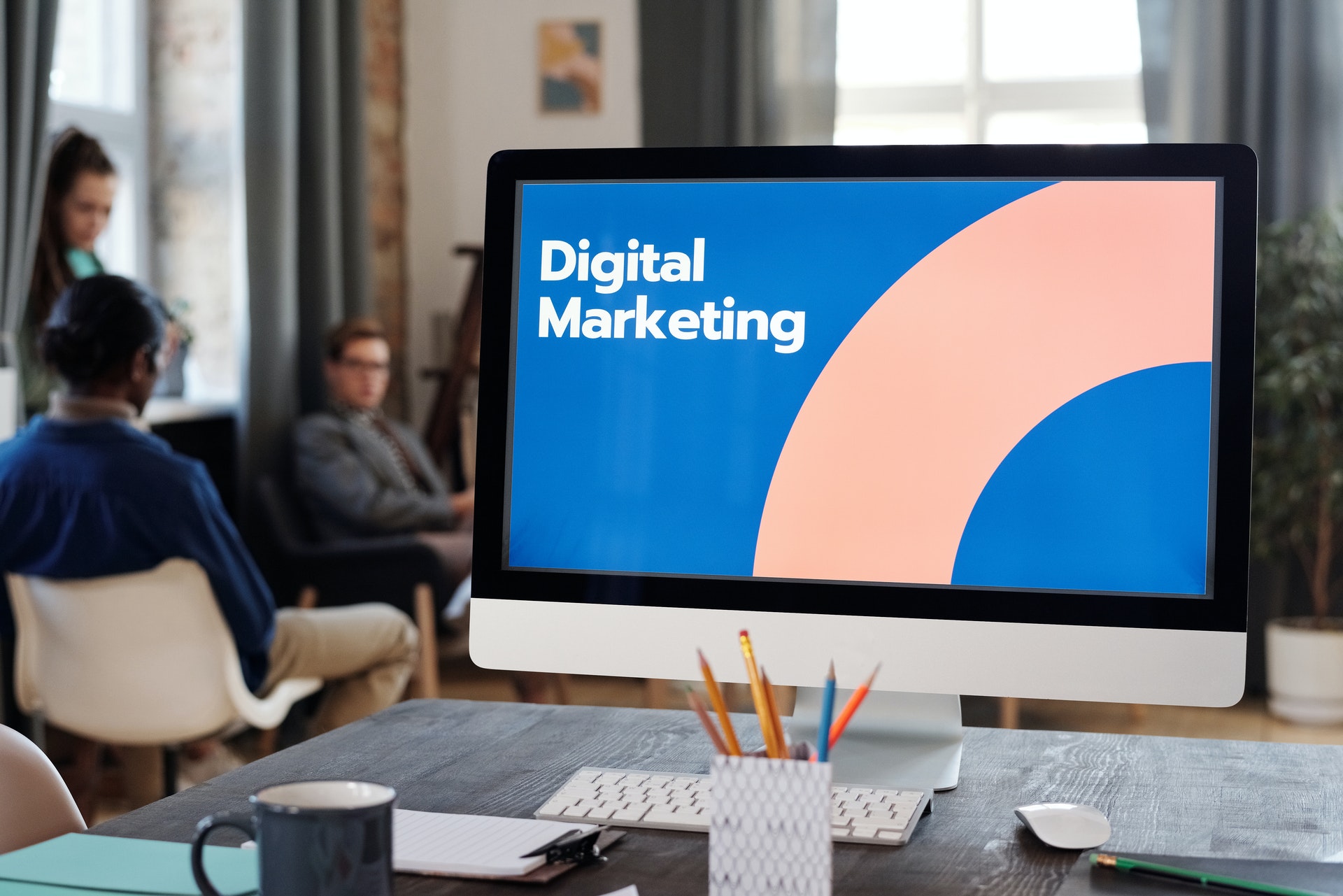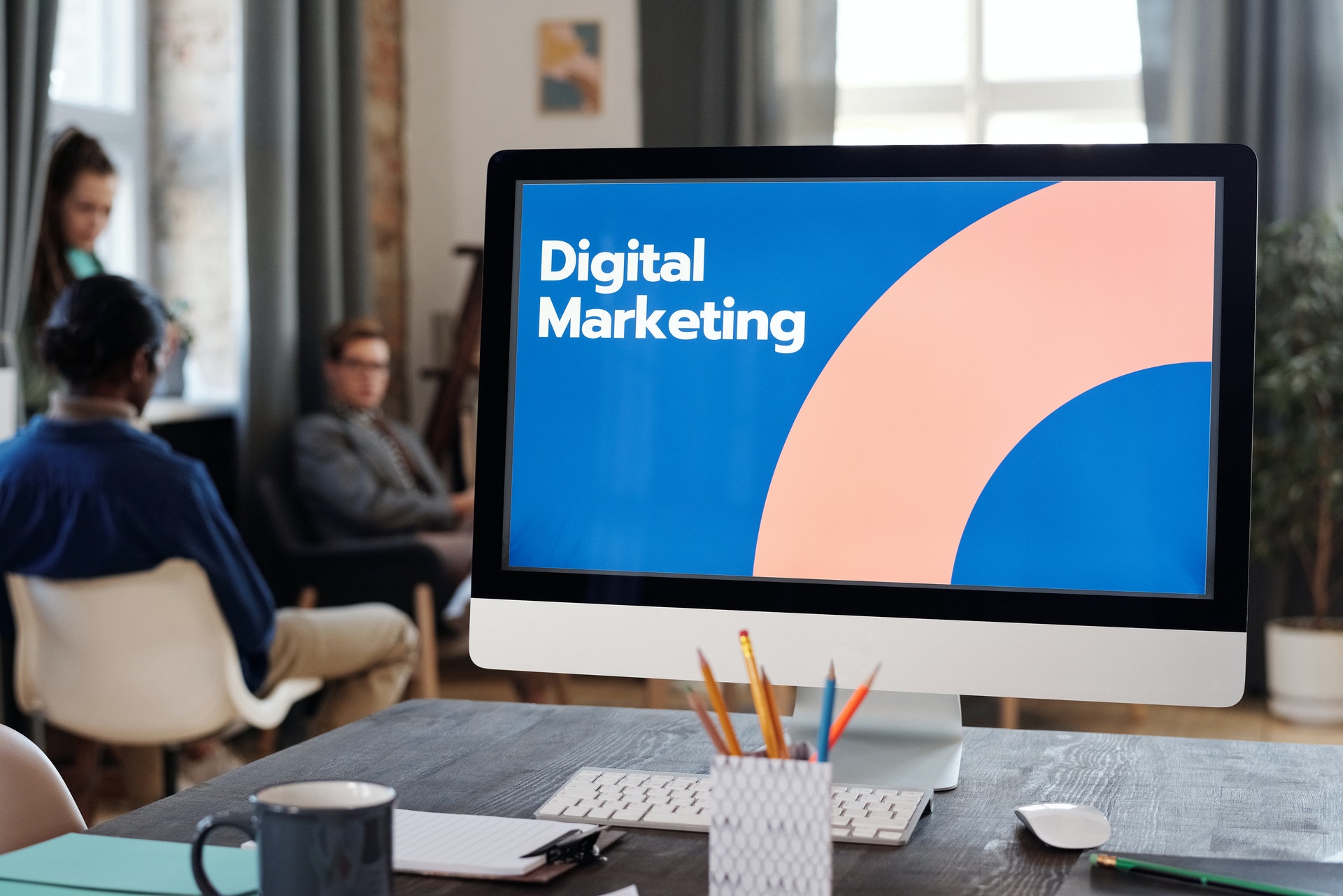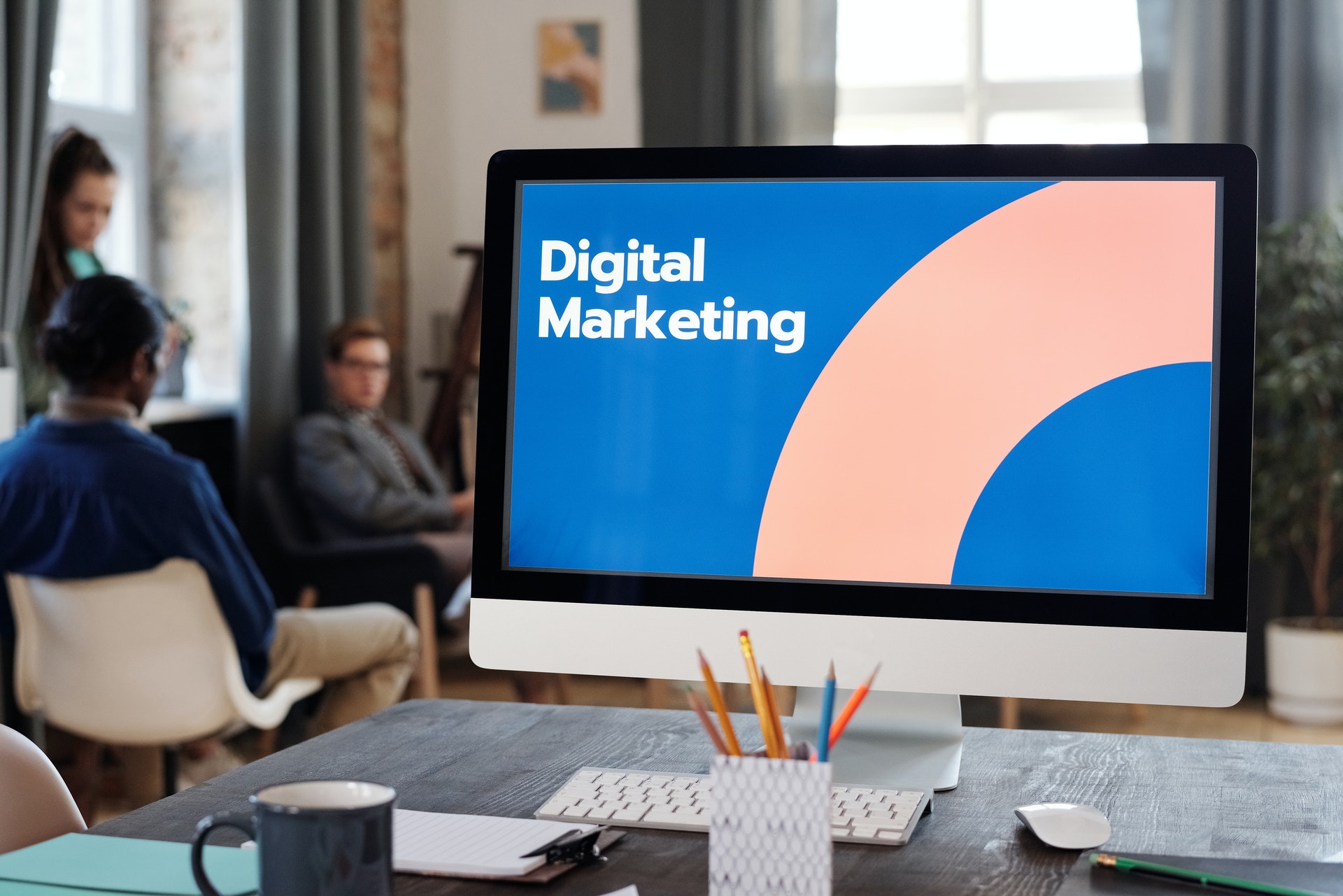How To use Hashtags?
A recent report from RadiumOne found that 58% of users regularly use hashtags (71% from their mobile devices), and almost 42% use hashtags to “find new content.” What does that mean for you, as an advertiser or marketer? That means there’s a huge opportunity to directly reach your target audience through hashtag campaigns.
Before you can use hashtags in a campaign, however, you have to understand how the hashtag is used.
Let’s explore the hashtag as it stands today: Hashtags are basically metadata tags, that allow certain terms to become searchable (when followed by a “#”). The use of hashtags first became popular on Twitter, but lately other social media networks (such as Facebook, Instagram and Pinterest) have implemented the hashtag into users’ posts.
Hashtags started out as an easy way to collect and follow key search terms and collaborate, but as shown in the enormously popular media clip starring Justin Timberlake and Jimmy Fallon, the hashtag has morphed into its own form of communication. People use hashtags to have group meetings online (a new form of chat rooms), display their feelings or attitudes on certain topics, be humorous, and share what they’re doing or anything else that’s not apparent in the post itself. Companies use hashtags as calls to action or even slogans, such as Bud Light’s widely used Super Bowl hashtag #UpForWhatever.
How to use #hashtags on different social networks:
- Twitter: Create and search hashtags on Twitter to find users discussing similar topics of interest or news items (i.e., #WinterOlympics2014), or use a hashtag to interact with a specific group during a designated time frame (i.e., #MSUBookClub). If you are hosting an event, encourage attendees to tweet and follow a certain hashtag (i.e. #TechMeeting2014) to see conversations online about the event and generate excitement. The website www.hashtag.org is a great resource for searching current and trending Twitter hashtags, therefore reaching a larger potential audience.
- Facebook: Facebook hashtags are primarily used by fan pages to interact with Facebook users, but users can also tag their posts with a specific hashtag. If a user hashtags a certain term in a post, their post is visible if they “liked” a page’s post, if they made the post “public,” or to their followers. Friends can always see their friends’ posts when they click or search a specific hashtag. Unlike Twitter, where you can reach new audiences, these barriers may limit your hashtag audience to only your online friends.
- Instagram: Instagram allows you to tag your photos with up to 30 different related hashtags. If your profile is set to public, you can tag your photos in the “caption” field and find other photos tagged with the same hashtag. This can be particularly useful if you are traveling or following an event, because you are able to visualize what is happening.
- Pinterest: Use hashtags in “pin” descriptions to help users find your content, or search hashtags to find similar “pins.” Like most hashtags, Pinterest hashtags are most effective when you use more specific key terms, and use the same hashtags regularly.
- LinkedIn: LinkedIn used to feature hashtags, but as of this writing they have disabled the hashtag function.
In general, a good rule of thumb is to not over-tag a post with too many hashtags (one or two hashtags is a good amount).
If you want to make sure your message doesn’t get lost in the mix, Skyfall Blue can help you launch your own hashtag or social media campaign to promote your product or event.
What are some hashtags or corporate hashtag campaigns that you have followed before?
SKYFALL BLUE





Leave a Reply